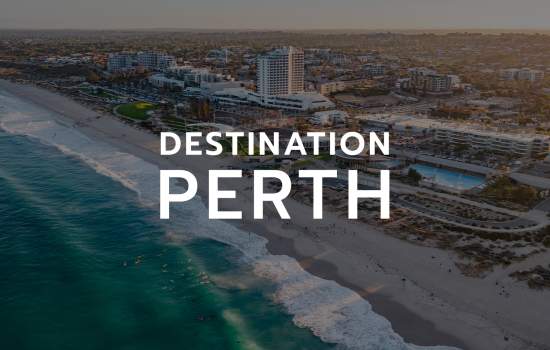Perth's birdlife is truly amazing, with an astonishing 550 species of bird spotted across Western Australia.
Some familiar feathered friends include the vibrantly blue Splendid Fairy-Wren, the gorgeously colourful Rainbow Lorikeet, the bright yellow Rainbow Bee-eater, and the cheeky black-and-white Willie Wagtail.
However there's plenty of less common species that can be spotted around Perth if you're in the right place at the right time, like the Carnaby's black cockatoo, the eye-catching Scarlet Robin, and many more. Many of these birds play an interesting role in Australian folklore - from the laughing kookaburra sitting in the old gum tree, to the Noongar Dreaming stories of crows carrying spirits into the afterlife and magpies pushing the sky upwards from the land to reveal the sun - creating the first sunrise in the process.
Every day, birdwatchers across Perth and throughout Australia embark on their birdwatching journeys, and carefully record information on birds they spot so that others can benefit - you'll find some particularly interesting species at Perth Birds and Bush, as well as a comprehensive database at the Atlas of Living Australia (to which you can also contribute). Thanks to these efforts, plenty of fantastic birdwatching hotspots have been identified all across Perth. We're delighted to share these findings with you, and wish you the best of luck in spotting and identifying these amazing animals!
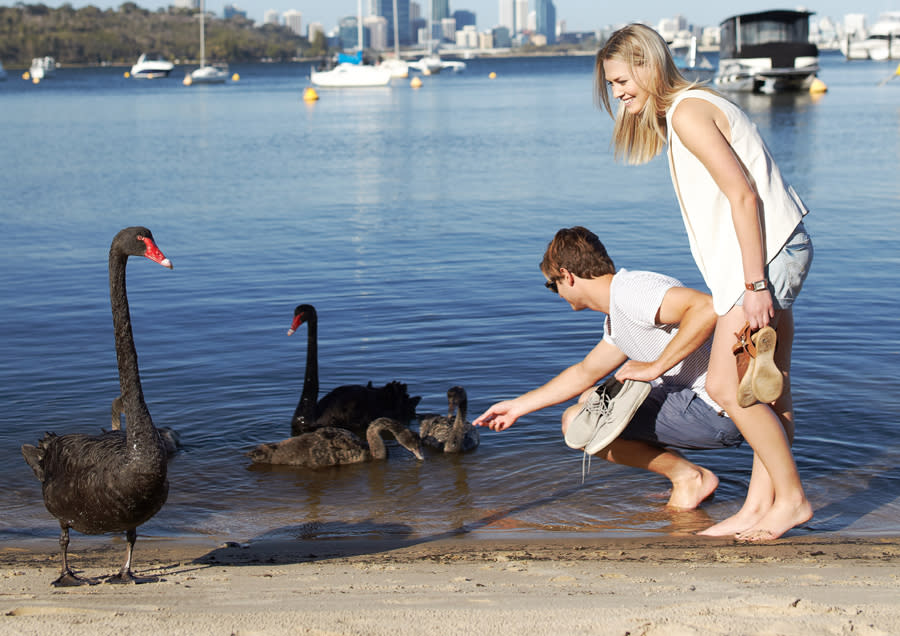
Perth City
Some of the top birdwatching spots in Perth City are a only hop, skip and a jump from the hustle and bustle of the CBD. Walk the eight kilometre Herdsman Loop around Herdsman Lake to enjoy one of Perth's most abundant birdwatching spots with 176 bird species recorded to date, some of which originate from the other side of the world. Some common sights include turtle doves, moorhens, black swans, little pied cormorants and much more. This family-friendly easy walk takes 1-3 hours, but you can also take a detour and include the impressive Olive Seymour Boardwalk on your circuit.
Canning River Regional Park is another excellent spot for birdwatching, in particular the scenic 4km Butterflies, Birds and Bridges Loop, the Woodloes Walk Trail and the Canning River Wetlands 8km paddle. 128 species in total have been sighted, with many a spotless crake, buffbanded rail, rainbow lorikeet, red wattlebird and corella to be seen, as well as less commonly sighted species like the kookaburra, pelican, sacred kingfisher, splendid fairywren and mistletoebird. The views here are truly exceptional, making it well worth a visit!
The Bayswater Wetlands and Reserves also make for excellent birdwatching; the Eric Singleton Bird Sanctuary in particular is home to an array of birds including ducks, pelicans, white faced herons, swallows, honeyeaters, reed dwellers, hawks and laughing kookaburras. The Baigup Wetlands and Berringa Park Wetlands conservation areas are also a favourite hangout for waterbirds, as well as a simply magnificent spot for a leisurely stroll.
There's plenty of birdlife to be spotted in the inner city, too - just head down to the Swan River! A visit to the Perth Zoo is also recommended for seeing a wide variety of Australian birds, as well as species from across the world, including little penguins, pelicans, ducks, cocktaoos, egrets, cassowaries and emus - see what's on is display at Perth Zoo here.
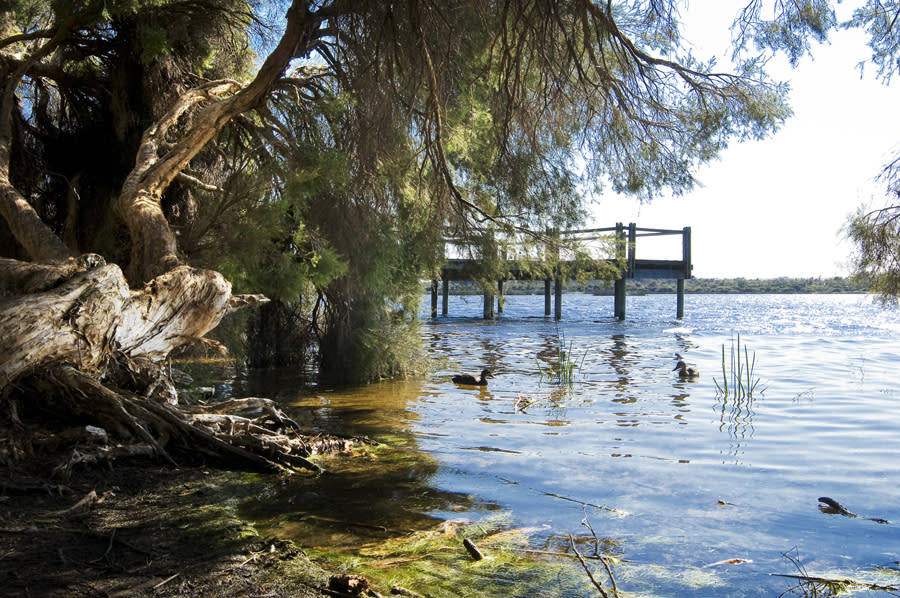
Perth Beaches
Spanning Perth's coast (from Lancelin in the north to Mandurah in the south) the Perth Beaches region also has plenty to offer birdwatchers. In the areas surrounding Gingin, Lancelin and Guilderton you'll see WA endemics like the Carnaby's black cockatoo, western rosella, and red-capped parrot. The woodland and wetland of Yanchep National Park make for fantastic birdwatching, especially the 12.4km loop evocatively named Ghost House Walk Trail. It's a great place to catch sight of a splendid fairy-wren in their vibrant blue splendour!
The Yellagonga Regional Park in Perth's northern suburbs includes two large lakes, Lake Joondalup and Lake Goollelal, both of which are rightfully popular with birdwatchers for an abundance of bushbirds and waterbirds alike. Wrens and waterfowl are particularly common sights here; you're almost certain to view black swans, magpies and ducks at the Lake Joondalup boardwalk, and spot other familiar species including the whistling kite, kookaburra, little corella and the red wattlebird. There's two dual-use paths looping through the park, with the shorter Lake Gollelal loop taking about an hour, and the Lake Joondalup Circuit taking 4 hours in total, with quite easy terrain that makes it just right for a perfect day out.
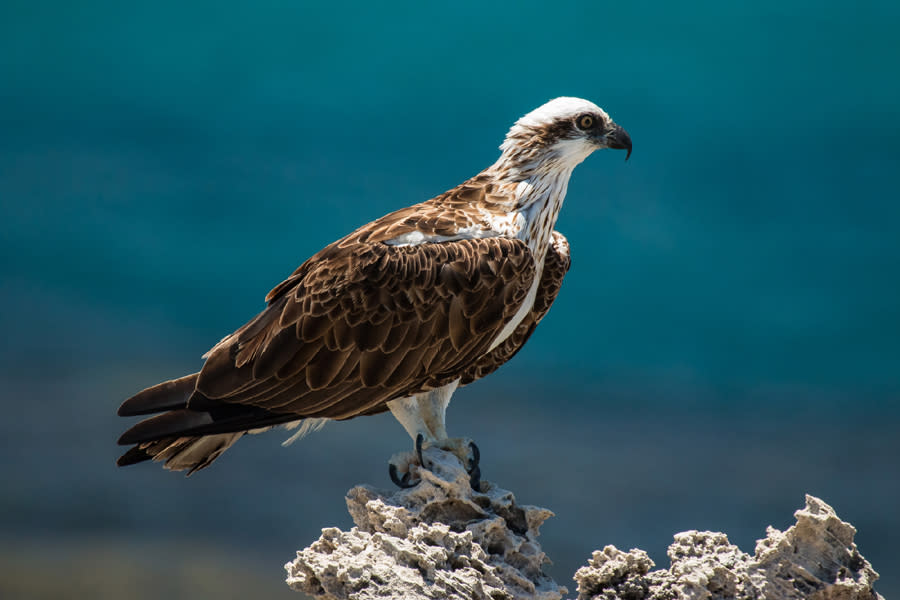
Rottnest Island
Yes, Rottnest Island isn't just about the #quokkaselfie; there's plenty of wildlife to encounter, and the island is a haven for a diverse range of birds. Up to 50 shorebird species are recorded by BirdLife Australia at Rottnest on a bi-annual basis, with itinerant species regularly observed. Shorebirds around Rottnest Island include the pied cormorant, osprey, pied oystercatcher, silver gulls, crested tern, fairy tern, caspian tern, rock parrot and eastern reef egret. Find out more about Rottnest Island's wildlife.
Fremantle
Located just 8km inland from Fremantle, the Beeliar Regional Park consists of two chains of wetlands comprising 26 lakes, and numerous wetlands stretching 25km along the coast to cover around 3400 hectares. The wetlands and surrounding areas provide important nesting and feeding habitats, as well as acting as summer refuges for a diverse bird population, including migratory waders who fly all the way to north Asia and Alaska during our winter. In particular, Thomsons Lake (in conjunction with Forrestdale Lake) has been listed as a wetland of international importance under the Ramsar Convention. The 6km Bibra Lake Loop is an easy and beautiful birdwatching walk.
The two walk trails found at The Spectacles - the Aboriginal Heritage Trail and the Biara Boardwalk Trail - are particularly renowned for bird watching, and include interpretive signs explaining the story of traditional life as told by a Noongar elder, as well as a bird hide located in the wetlands.
Rockingham
Rockingham Rockingham is blessed with a wide range of habitats, which support a rich diversity of bird species, ranging from the limestone outcrops of Garden Island, Cape Peron and the Shoalwater Islands Marine Park, through dunal heathland systems to the wetlands of the Rockingham Lakes Regional Park and on to the Tuart, Marri and banksia woodlands of the Coastal Plain. Many little Penguins also call the area home.

Mandurah and Peel
You're spoiled for choice when you're birding in Mandurah and Peel. 144 bird species have been spotted in the Yalgorup National Park; it's an important location for migratory waterbirds, included under the Ramsar Convention. The 6km Lake Pollard Loop Trail is a great spot for birdwatching, and even includes a wooden bird hide. Keep an eye out for black swans, red-capped dotterels, grunters, red-necked stints, banded stilts and more.
You'll also find plenty of great birdwatching opportunities in Mandurah itself, particularly the 29-hectare Creery Wetlands Nature Reserve, which includes the 3km loop Mariners Cove Trail and 1.5km Samphire Cove Trail. The reserve is connected with a series of boardwalks and pathways enabling you to enjoy this unique ecosystem where over 130 different species of native and migratory birds have been spotted. Pelicans, the rare red tail black cockatoo, black swans and osprey breed nest here, as well as Fairy Terns, Bar-tailed Godwit, Eastern Curlew, Great Knot, Banded Stilt, Pacific Australian White Ibis and Yellow-billed Spoonbill.
Mandurah is also home to the fabulous Len Howard Conservation Park, composed of 60 hectares of bush on the north western shore of Peel Inlet and featuring the Erskine Nature Trail with boardwalks over wetlands. Some birds you can spot here include splendid wrens, black-face cuckoo-shrike, golden whistlers, royal spoonbills, pied oyster catchers and more. Visit Mandurah have put together some fantastic resources on where to see birds in the area here; and if you'd love to join an expert-led guided tour to learn more about the birdlife of Mandurah and Peel, Salt and Bush Eco Tours will be just the ticket!
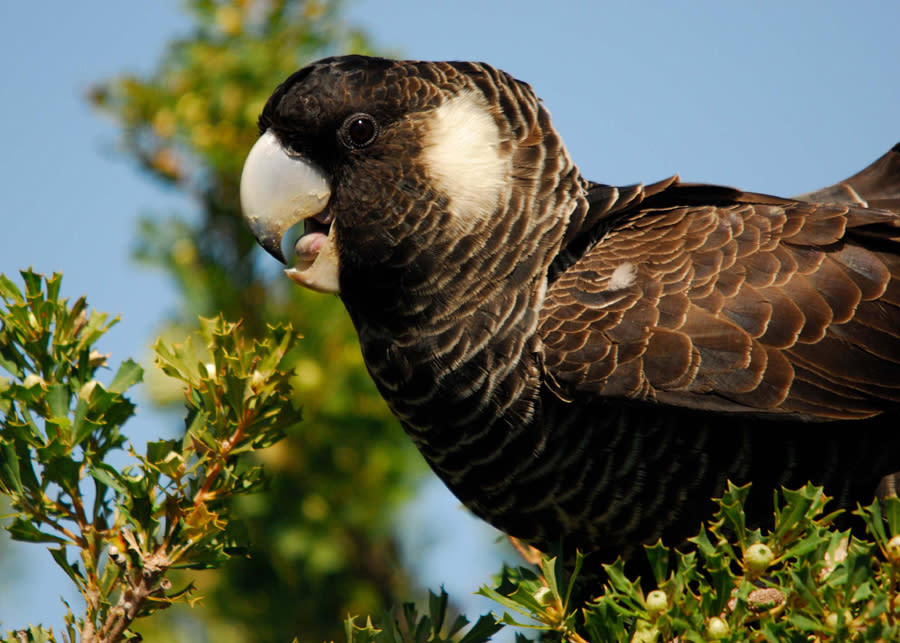
Perth Hills
The Perth Hills are a birdwatcher's paradise, in particular, the Ellis Brook Valley is home to over 110 bird species. The 2.8km Blue Wren Ramble Trail passes through Wandoo Woodland, a prime nesting and feeding area for birds, including cockatoos, parrots, pardalotes, splendid wrens and wedge-tailed eagles; check out the Ellis Brook Valley pocket map for this and more stunning walking trails.
The John Forrest National Park, near Mundaring, is home to 91 bird species, two of whom are considered to be in need of special protection; the 15km Eagle View Walk here is a great way to spot Australian Ringnecks, New Holland honeyeaters, splendid fairy-wrens, red-capped parrots and more. Near Kalamunda, the Kanyana Wildlife Rehabilitation Centre take care of sick and injured wildlife with over 3000 patients admitted each year, including birds. Visitors can tour the facility for an close experience with native wildlife, join a nocturnal after-dark tour or enjoy a 30-minute meet a greet with a number of animals, including the Tawny Frogmouth (similar to an owl) and Red-tailed Black Cockatoo.
And if you'd like to up your birding game and benefit from some serious expertise, the Perth Hills is the place to be thanks to the specialist guides at Perth Birds and Bush. Departing from Perth City, these half and full-day tours highlight the Hills in all their glory! Their Perth Big Birding Day is a definite bucket-list must-do for new and seasoned birdwatchers alike, visiting forest gullies of the Darling Range, foothills heaths, two important lakes and the Swan River to see many bush and water bird species. This tour is a great option for those who want to maximise the number of bird species they can see in a single day.
Swan Valley
The Swan Valley is home to Whiteman Park, a spectacular spot for birdwatching! The natural wetlands of Horse Swamp are particularly abuzz with wetland birds in the winter months; follow the Werillyiup Trail (Blue Poles) to reach a bird hide on the western edge of the swamp for outstanding views of the happenings. There's also Woodland Reserve, Whiteman Park's premier conservation program that is providing a world class breeding facility for rare and endangered fauna of the state; it can only be accessed on a guided tour, and is home to falcons, skinks, eagles, hawks, honeyeaters, ducks and more, including the near-threatened bush stone-curlew.
You'll also find birds aplenty within the Caversham Wildlife Park, including blue-winged kookaburras, tawny frogmouths, gang gang cockatoos, emus and more. There's also gorgeous, little penguins being fed daily at noon on the dot, so come enjoy watching them get a meal and have a swim as you learn about these flightless birds from passionate keepers.
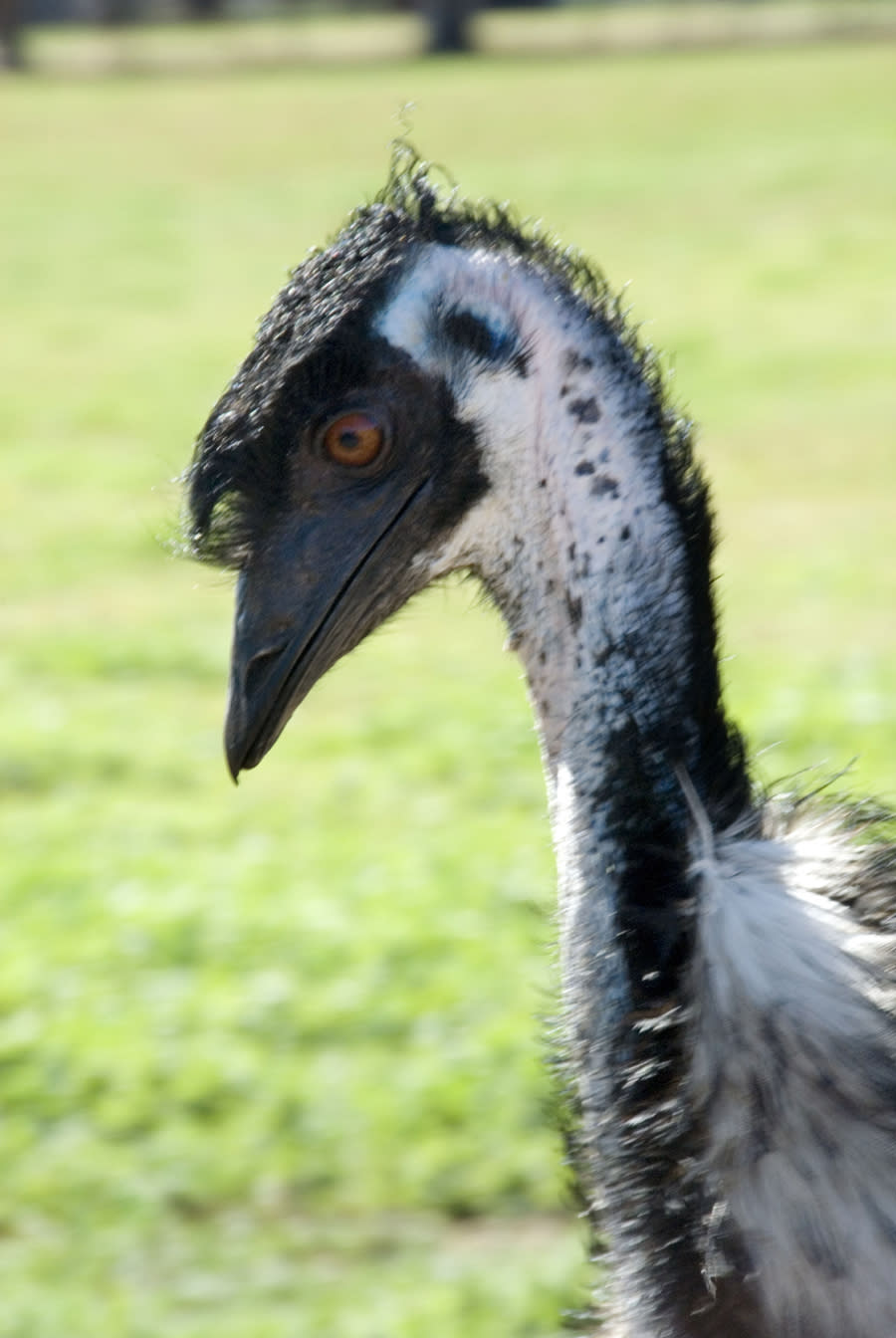
Avon Valley
The Avon Valley - particularly in the region of the Avon River - is a bird biodiversity hotspot, with a whopping 170 bird species having been sighted between Beverley and Toodyay. The Avon Valley Environmental Society and Birdlife Australia have compiled a fantastic guide to the Birds of the Avon River, colour-coding these from most common (cormorants, grebes, moorhens, corellas, ringnecks, pardelotes and so on), all the way to the rare sightings like zebra finches, southern boobooks, red-tailed black cockatoos and red-necked stints.
We also love Birds Australia's Birds Around Northam guide! Within a 50km radius of Northam, you'll find diverse habitats from Jarrah Marri through Wandoo woodland to York gum, sandplain and farmland, with seven particular geographical zones each with unique birdlife. A particular hotspot is the Katrine Pool and Northam Town Weir, permanent river pool habitats for species like the Splendid Fairy-wren, Scarlet and Redcapped Scarlet Robin, Western Gerygone, Rufous Whistler, Australian Hobby and Peregrine Falcon.
And if you're around Toodyay, we'd recommend you duck into the Bilya Walk Trail's John Masters Bird Hide, where you can be rewarded with sightings of some water birds which frequent the river, and the Dawn Atwell Reserve, where 33 species have been spotted. Finally, emu lovers won't want to miss the Free Range Emu Farm, the oldest emu farm in the world, where you can view adult emus, nests and chicks in their enclosed but natural setting, and the incubation and hatching process in season.
Good luck on your birdwatching adventure, as you venture forth and experience the wonders of nature in an even more exciting and meaningful way, spotting your favourite birds and meeting plenty of new ones as you go!
